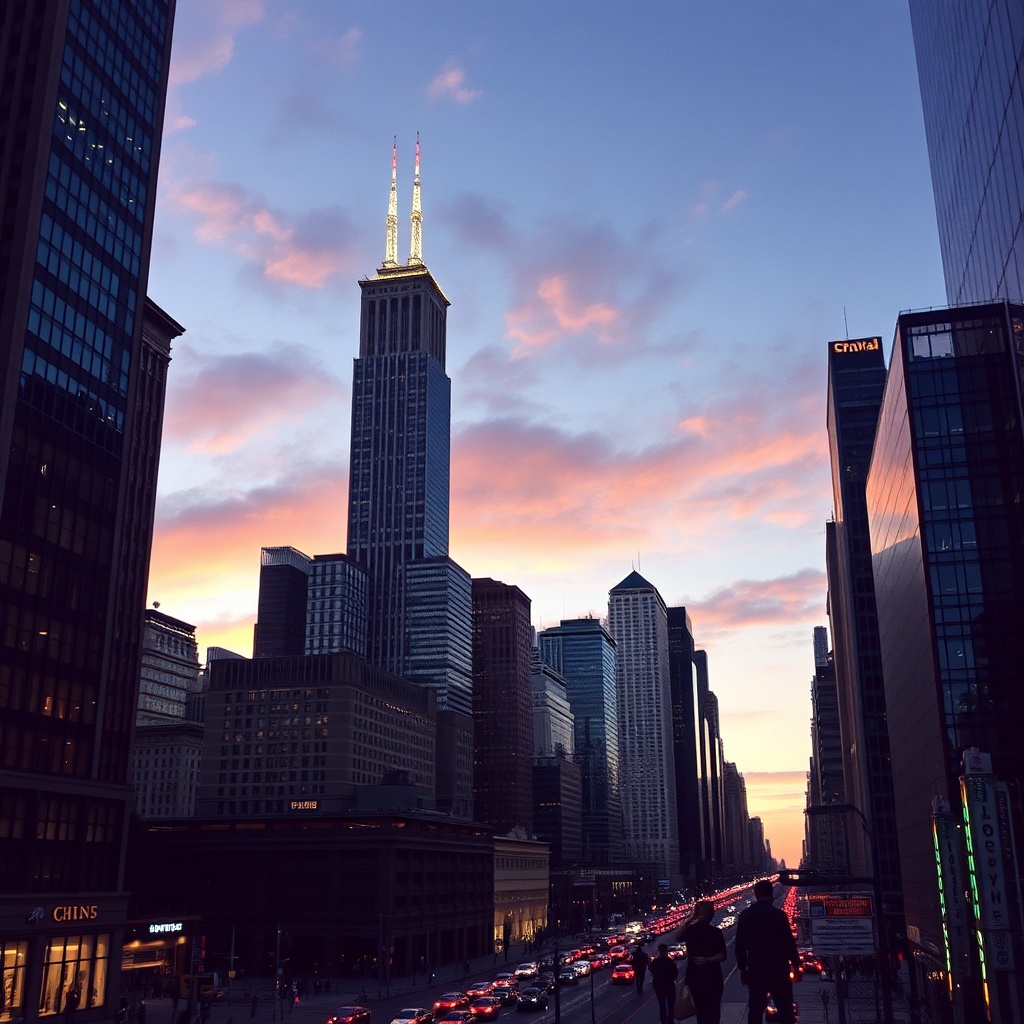Chicago’s lakefront is one of the city’s strongest calling cards: a continuous ribbon of parks, paths, beaches, and cultural institutions that frames the shoreline of Lake Michigan. It’s a place where skyline views meet open water, where morning runners and evening strollers share space with kayaks, festivals, and public art. For residents and visitors alike, the waterfront blends recreation, culture, and practical efforts to make the city more resilient and accessible.
A waterfront built for people
Access is central to the lakefront’s appeal. Miles of paved and natural trails connect parks from north to south, offering seamless routes for walking, biking, and rolling. Iconic destinations — parkland, a riverwalk lined with cafes and seating, and major public plazas — sit within easy reach of transit and neighborhoods, making the lakefront a daily resource rather than a one-off attraction.
Beaches and boat launches make summer activity easy, while year-round programming keeps the waterfront vibrant in cooler months.
Designing for resilience
The lakefront also doubles as an experimental landscape for climate adaptation and stormwater management. Naturalized dunes, restored wetlands, and expanded green space reduce erosion and absorb runoff, easing pressure on the city’s drainage systems during heavy storms. Permeable pavements and bioswales tackle water where it falls, and tree plantings and native prairie plantings bolster biodiversity and reduce heat island effects. These interventions not only protect infrastructure but create new habitat and quieter, greener public spaces.
Culture, food, and free public art
The lakefront is a cultural spine: large outdoor stages and smaller performance spaces host concerts, dances, and community gatherings. Museums and gardens near the shoreline often offer free or low-cost programming, while public art installations add surprise and color to walks. Along the river and near major parks, food options range from casual grab-and-go bites to full-service dining, with vendors and pop-ups reflecting Chicago’s diverse culinary scene. Boat tours and kayak rentals add an on-water perspective of the skyline and riverfront architecture.
Healthy, active transportation
Bike-share stations and continuous multi-use paths make active travel practical for commuting and leisure. Connections to neighborhood trails and elevated greenways help cyclists and pedestrians bypass busy streets and reach workplaces, schools, and markets.
Investing in safe crossings, clear signage, and well-maintained surfaces encourages more people to choose walking, cycling, or rolling for short trips.
How visitors and locals can make the most of it
– Start early to enjoy calm water views and cooler temperatures for exercise.

– Explore beyond central hotspots: quieter parks and natural areas offer wildlife watching and a respite from crowds.
– Combine modes: take transit or bike into town, then continue exploring on foot or by water.
– Check local calendars for outdoor concerts, markets, and family-friendly programming that often bring unique neighborhood experiences.
A living shoreline
The lakefront remains a dynamic, evolving piece of urban fabric—one that balances everyday utility with beauty, recreation, and environmental stewardship. Whether seeking a scenic run, a quiet moment by the water, cultural programming, or insights into urban sustainability, the Chicago waterfront offers a layered and accessible experience worth exploring often.